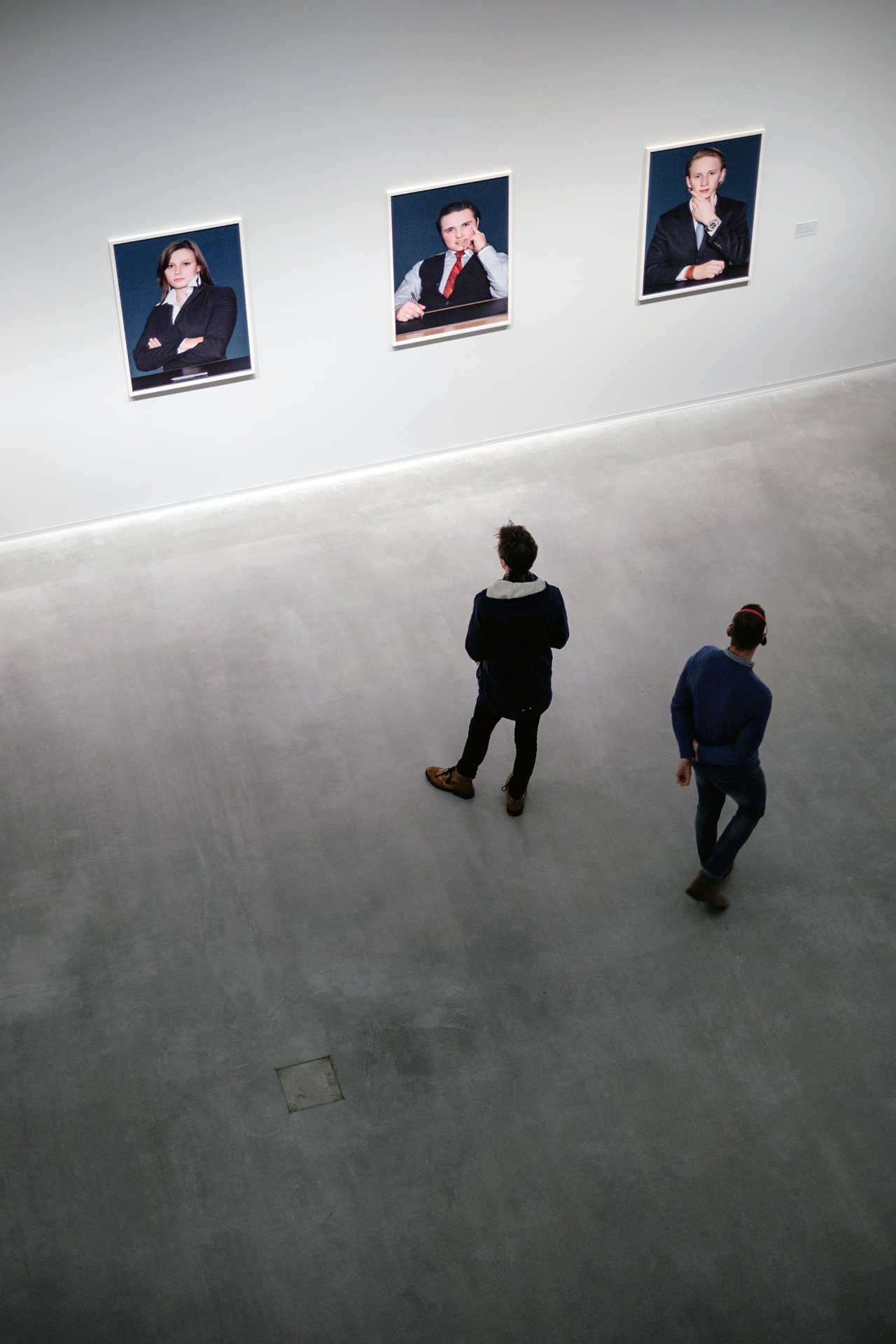SINT BONIFACIUS CHURCH




Middle Ages
The presence of the Anglican church in Antwerp is a reflection of the long-standing presence of British people in the city. The first English cloth merchants settled in the city around the 12th century. They elected a governor and court to represent their interests and establish a chapel. For this they brought furniture from England. They dedicated their chapel to St Thomas of Canterbury.
16th century
The city's reformation in the 16th century attracted many religious and political refugees. Such as, for example, the English Reformers William Tyndale (famous for his translation of the Bible), Bernard Gilpin (the Apostle of the North and acting chaplain in Antwerp) and the Puritan thinkers Thomas Cartwright and Walter Travers. Antwerp is therefore often regarded as the cradle of the English Bible.
The return
So for the next 200 years there were only a few Englishmen in the city and there was no community like before. During this period, the region was used by the English only as a war ground against Louis XIV of France and Napoleon Bonaparte. It was not until the liberation of Antwerp in 1814 before British settled in the city again. Since they had no church, they initially held their worship services in the Stock Exchange. Later they were given permission to use the Annunciation Church together with the Protestants. However, it was not self-evident to share the church between the different tendencies. That is why the British community asked for its own church and government subsidies.
Its own church
On June 13, 1821, their request was declared admissible by royal decree, and they were granted the "Chapelle des Tanneurs" (the Looyers Chapel) in the Huidevettersstraat. However, grants would only be given if the worship services were in accordance with the rites in the Dutch Presbyterian Church. As this was not in accordance with the morals of most of the English community, the subsidies were refused and the community itself decided to provide the necessary funds. In 1830, with the independence of Belgium, this changed and the church could apply for a subsidy.
On June 23, 1906, in the presence of a number of Belgian and British dignitaries, the first stone was laid by the British ambassador to Belgium, Arthur Henry Hardinge. The church was inaugurated on April 22, 1910 and dedicated by Bishop Wilkinson to the Missionary Bishop Winfrith of Criditon, known as Saint Boniface.
World War I
During the outbreak of the First World War, most members of the congregation stayed in Antwerp. On Wednesday 7 October 1914, 10 minutes before midnight, the bombing of Antwerp started. Four bombs were dropped in the vicinity of the church, one of which was in the vicarage garden. As a result, all windows were blown out of this building and the east window of the church was also killed. Arrangements were quickly made to evacuate the 1,500 British nationals on a Canadian peacekeeping vessel. Two days after the bombing, on October 9, German troops entered the city. The protection of British interests and property was transferred to the American consul, Tuck Sherman. He then took the altar crosses, the silver of Holy Communion and other valuables to his home to protect them. A small congregation gathered weekly in the Mary Chapel and the sacristy, so that the church was not abandoned. On these occasions, Sherman himself read the morning prayer or evening service. The rectory was occupied by his parents to prevent it from being confiscated by the Germans. When the United States went to war with the Germans in 1917, Tuck Sherman left Antwerp. During this period of the "great war", British prisoners of war stayed in the church. After the armistice of 1918, the British community gradually returned to Antwerp. Edgar Ealand of the "Mission to Seamen" organized the worship services until a pastor returned to the city.
World War II
In May 1940, on the eve of the occupation by the Germans, most of the congregation left Antwerp and the church was placed under the protection of the American consul. When two surviving parishioners visited the church, they noticed that the church was in bad shape. One of the ladies (Mrs. Flandre) decided to occupy the rectory with the permission of the consul. She hid the church books, vestments, the silver of Holy Communion and other valuables in a gas oven of the rectory. Not much after that, the Nazis decided to use the church for their own services. The Germans demanded the return of the silver from Holy Communion, but Mrs. Flandre remained silent as murdered. She decided to seek the help of her doctor to hide the valuables safely. They remained under his protection for the rest of the war. With the arrival of British troops in Antwerp, the church was placed under the control of the Military Authorities and the chaplains of the army conducted regular services, which were also attended by the citizens of Antwerp.

